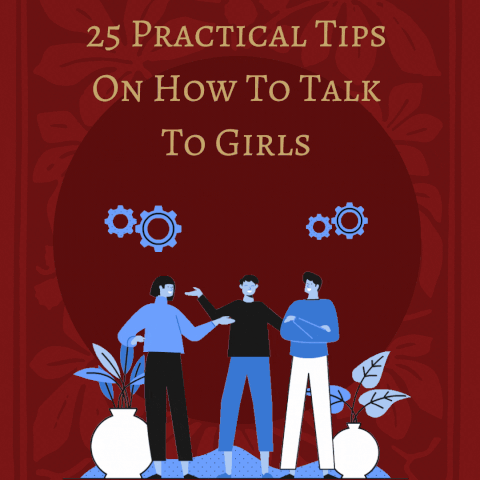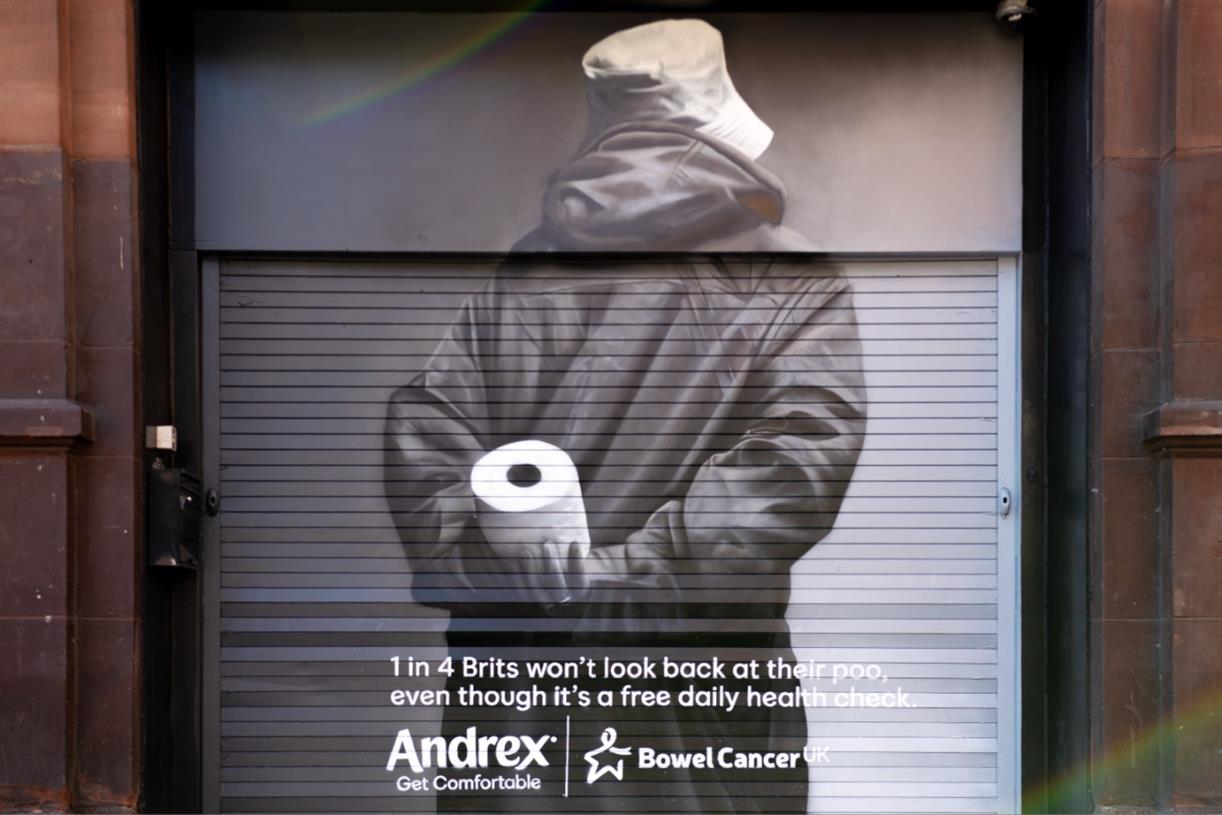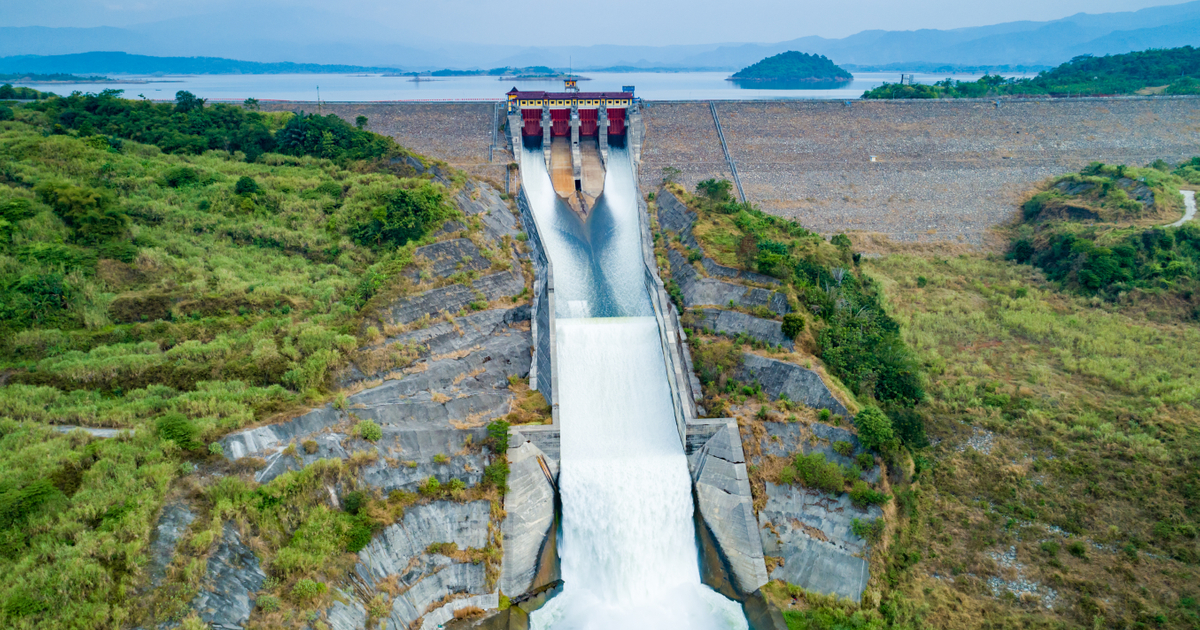This Method Makes Fasting Way Easier — But Does It Actually Work?
What a fasting researcher really thinks of "dirty fasting."


Registered Dietitian
Registered Dietitian
Jillian Kubala, MS, RD is a Registered Dietitian based in Westhampton, NY. She holds a master's degree in nutrition from Stony Brook University School of Medicine as well as an undergraduate degree in nutrition science.

Expert review by
Lauren Torrisi-Gorra, M.S., RD
Registered Dietitian
Lauren Torrisi-Gorra is a Registered Dietitian with a Grand Diplôme in Culinary Arts from the French Culinary Institute and a bachelor’s in Communication and Media Studies from Fordham University. After a decade working in the culinary and media worlds, Lauren pursued her ultimate passion and received her master's degree in Clinical Nutrition and Dietetics at New York University.
Image by Nataša Mandić / Stocksy February 17, 2023 Our editors have independently chosen the products listed on this page. If you purchase something mentioned in this article, we may From 16:8 to alternate-day fasting, it’s hard to keep up with all of the different types of intermittent fasting (IF) out there. Since IF has become so popular, people have come up with a few methods to make fasting a bit easier. Enter dirty fasting—a term for a modified type of IF that allows for some calorie intake during the fasting window. Although this take on IF is more pleasant and easier to adhere to than strict fasting, there’s no hard evidence to back its effectiveness.
Advertisement
This ad is displayed using third party content and we do not control its accessibility features.
In this article, we chat with an IF researcher to get his thoughts on dirty fasting’s potential benefits and downsides.What is dirty fasting?
To understand dirty fasting, you’ll need to know the basics of intermittent fasting (IF). IF is a term for eating patterns1 that involve regularly-occurring periods of little to no calorie intake cycled with periods of normal energy intake.
There are a few types of intermittent fasting, each with its own set of rules, but traditional methods call for complete calorie avoidance during the fasting period, which may last anywhere from 12 to 24 hours. This means that if you’re using traditional, strict IF methods, you’ll abstain from any and all calories during your fasting window. (Yes, even from drinks like coffee!)
IF methods that allow for some calorie intake during the fasting window are referred to as “modified” fasting. For example, people following traditional alternate-day fasting (ADF) eat food every other day and completely abstain from calories on fasting days. People who follow modified ADF eat a very small amount of calories—typically under 500—during their fasting days and then eat normally the following day.
Dirty fasting is a term used to describe consuming some calories during a fasting window. While dirty fasting doesn’t have a set definition, it could be considered a modified type of fasting because people who use this method typically consume around 100 calories during their fasting window
Grant Tinsley, PHD, a professor at Texas Tech University and intermittent fasting researcher, thinks it's important to separate dirty fasting from traditional fasting methods. “If we stick to the definition of fasting being no calories consumed in a given period of time, is 'dirty fasting' really fasting, or is it just eating a very small number of calories in a given time period? Where is the line here?" Tinsley tells mindbodygreen. "If 100 calories during a fasting period is dirty fasting, what is 150 calories? 200 calories? And so on.”
Tinsley is one of many fasting experts who don’t consider methods that allow for any energy intake during the fasting window as "fasting”. Ideally, zero calories should be consumed during fasting periods.
Summary
Dirty fasting is a term used to describe a type of modified fasting that allows for a small amount of calories—usually around 100—during a fasting window. Strictly speaking, if you're eating any calories during a fast, you're no longer fasting.
Advertisement
This ad is displayed using third party content and we do not control its accessibility features.
Does dirty fasting “work”?
There’s plenty of evidence to back up the health benefits of traditional fasting methods like ADF and time-restricted feeding (TRF), which usually involves completely abstaining from calorie intake for 12 to 21 hours per day2.
These IF methods have been shown to boost fat loss3, improve blood lipid levels4, and reduce blood pressure5.
Modified types of fasting like modified ADF have also been linked to some benefits, like weight loss6 and improvements in fatty liver disease6.
However, because dirty fasting has no set definition and people following this method may take in varying numbers of calories, it’s unclear if dirty fasting offers the same benefits as other types of fasting with set rules.
That said, if you’re significantly cutting calories using any method, whether it be continuous energy restriction or IF, it’s likely to result in weight loss. Plus, some studies show7 that both fasting and calorie restriction in general can stimulate autophagy or the self-cleaning of cells, which may slow aging and increase longevity.
“Some of the effects of dirty fasting could be the same as traditional IF methods, but some of the effects of fasting may not be present,” says Tinsley. “If dirty fasting causes someone to consume fewer calories than they would during their normal eating pattern, it’s producing the same effect of many other fasting programs that help someone achieve an energy deficit. This, in turn, could allow for some of the downstream effects of an energy deficit, such as fat loss and a possible improvement in some clinical health markers,” Tinsley tells mindbodygreen.
Yet, Tinsley explains, since calories are consumed during the fasting window, it’s possible the degree of energy restriction—and subsequent health benefits like weight loss—would be smaller than if complete calorie restriction was used.
Even so, Tinsley says that if using dirty fasting methods helps someone stick to modified fasting and it’s an easier way for them to create a calorie deficit than traditional fasting methods, then it could help someone lose body fat and improve their metabolic health.
Summary
Dirty fasting may provide some of the same health benefits as traditional fasting methods, like weight loss, but it may not offer the exact same benefits as completely abstaining from calorie intake during fasting windows.
Advertisement
This ad is displayed using third party content and we do not control its accessibility features.
Who should try dirty fasting?
Before we dive into more details about dirty fasting, it’s important to mention that fasting is inappropriate8 for some people. In general, children, pregnant and breastfeeding women, those taking certain medications, people with eating disorders, and people who are underweight should not fast.
Also, there’s no evidence that dirty fasting is any more effective for boosting weight loss and improving metabolic health than traditional energy restriction methods like simply eating less at meals.
But, if you’re interested in trying out IF, dirty fasting could help you ease into IF without having to completely abstain from calories during the fasting window. Whether or not you use traditional IF or dirty fasting, if you’re new to IF, it’s best to start with a shorter fasting window so you can see how your body reacts to going for long periods with limited calorie intake.
Of course, what—and how much—you choose to eat when you’re dirty fasting matters.
Summary
Dirty fasting could help those new to IF get used to fasting before they move on to methods that involve complete calorie restriction. Children, pregnant and breastfeeding women, those taking certain medications, people with eating disorders, and people who are underweight should avoid it.
Advertisement
This ad is displayed using third party content and we do not control its accessibility features.
Dirty fasting how-to.
Most people using this method aim to consume around 100 calories during the fasting window and stick to foods and drinks that are low in carbs and higher in fat. This is because higher-carb foods and drinks like fruit, soda, juice, and grains, have more of an impact on blood sugar and certain hormones, like insulin.
Here are a few foods and drinks that fit the bill:
Advertisement
This ad is displayed using third party content and we do not control its accessibility features.
Remember, it’s best to stick to around 100 calories during the fasting window when using this method, so whatever foods and drinks you choose, you’ll need to watch your portions to ensure you’re not taking in too many calories. This means that both healthy and not-so-healthy high-calorie foods and drinks should be avoided.
Summary
When dirty fasting, people take in around 100 calories from low-carb foods and drinks like bone broth or non-starchy vegetables like broccoli during their fasting windows.
FAQ
Is dirty fasting still fasting?
Although there is no set definition of dirty fasting, it could be considered a type of modified fasting since it allows for some calorie intake during the fasting window.
How many calories will break a fast?
There are differing opinions on what breaks a fast. “Ideally, zero calories should be consumed during fasting periods,” Tinsley says. “While a splash of milk in your coffee may not 'break your fast' as much as eating a full plate of food, the only way to ensure that you are not breaking your fast at all is to not consume any calories."
Overall, it’s not well established how many calories from different food sources actually break a fast, and a few calories here and there might not be a big deal for those who are using fasting to restrict calorie intake. "However, those who are fasting due to possible unique benefits of staying in a fasted state should be more concerned with this”, he says.
Does lemon water break a fast?
Lemon water contains negligible calories, so it’s unlikely to break a fast. However, some experts recommend plain water-only fasting to ensure your fasted state isn’t compromised.
The takeaway.
Dirty fasting is a non-traditional type of fasting that allows for a small amount of calories to be consumed during fasting windows. There are no set rules for dirty fasting, but some experts categorize dirty fasting as a type of modified fasting.
Because dirty fasting involves energy restriction, it may offer similar health benefits to traditional IF like weight loss and reduced blood sugar, while helping people new to IF ease into fasting in a gentler way. If you’re interested in starting fasting, here's a sample meal plan to kick you off.

 Aliver
Aliver 
































